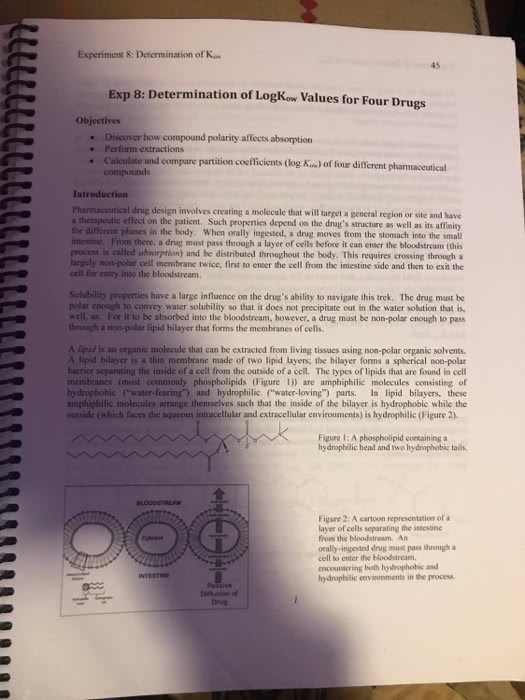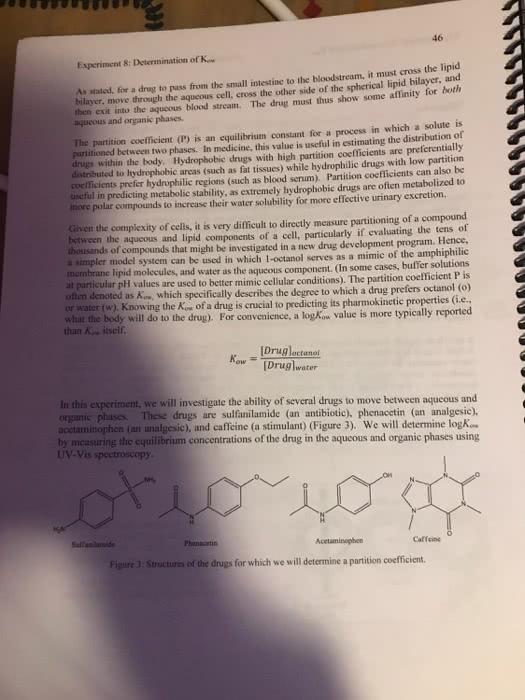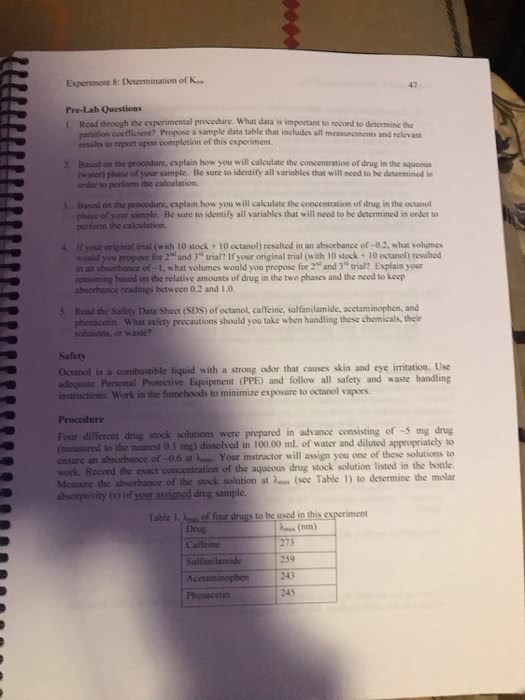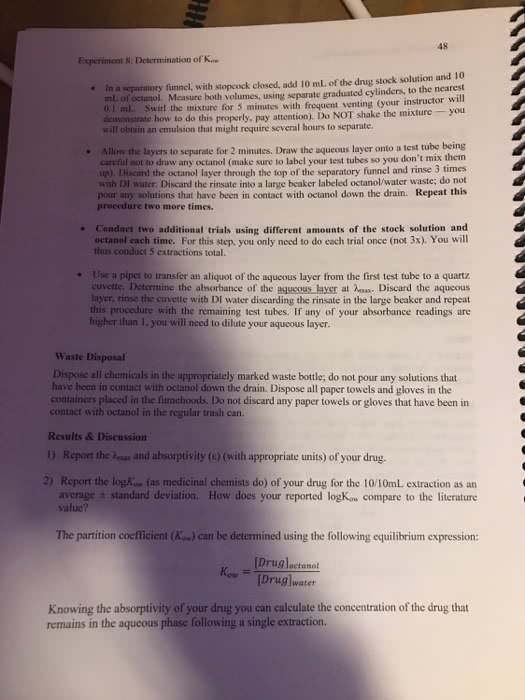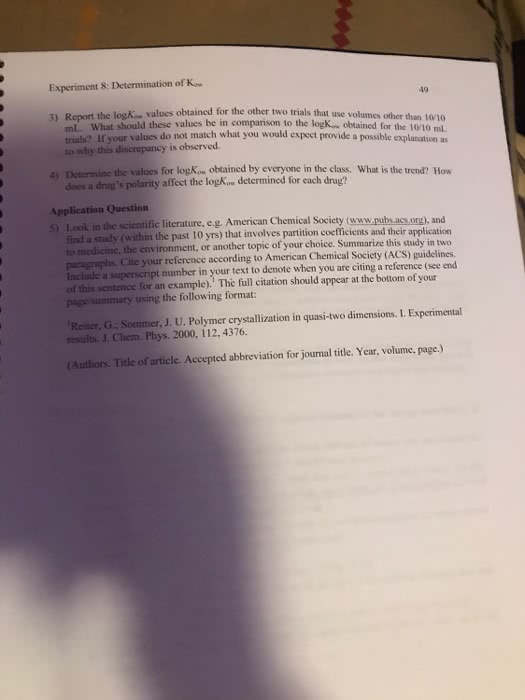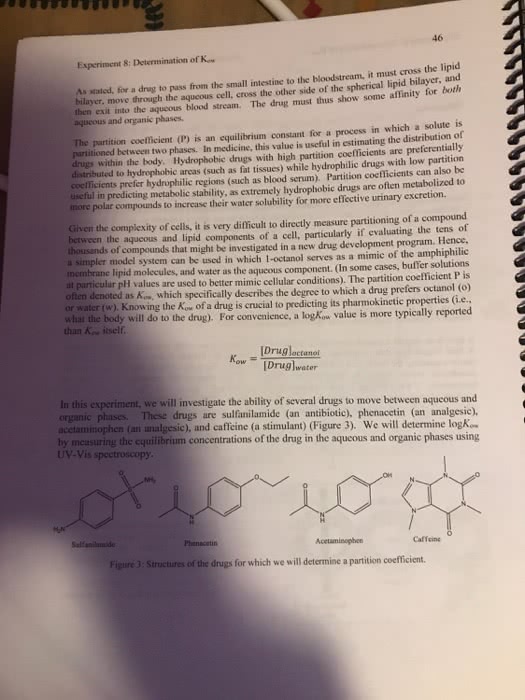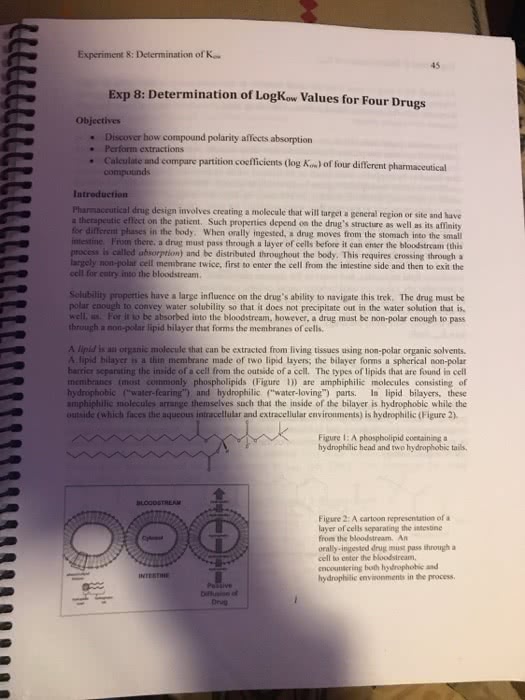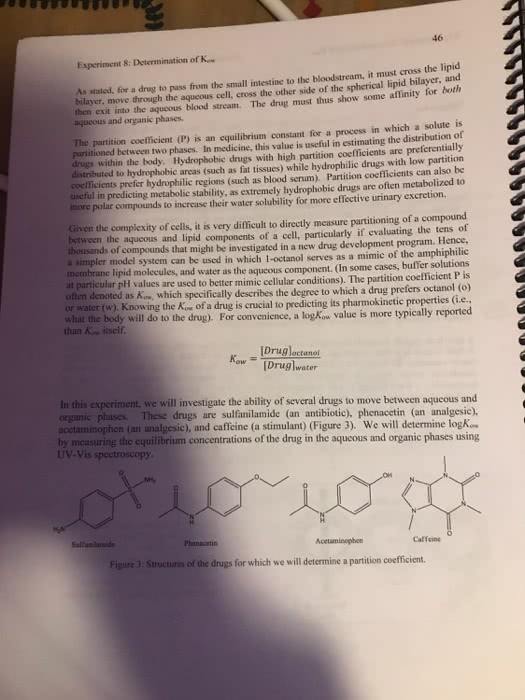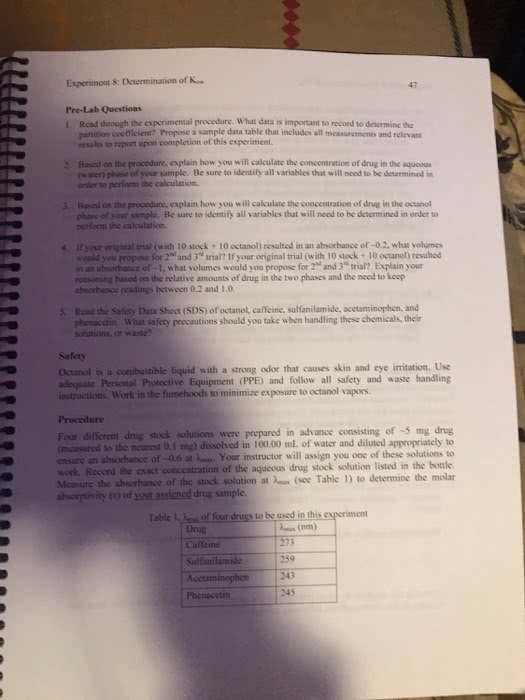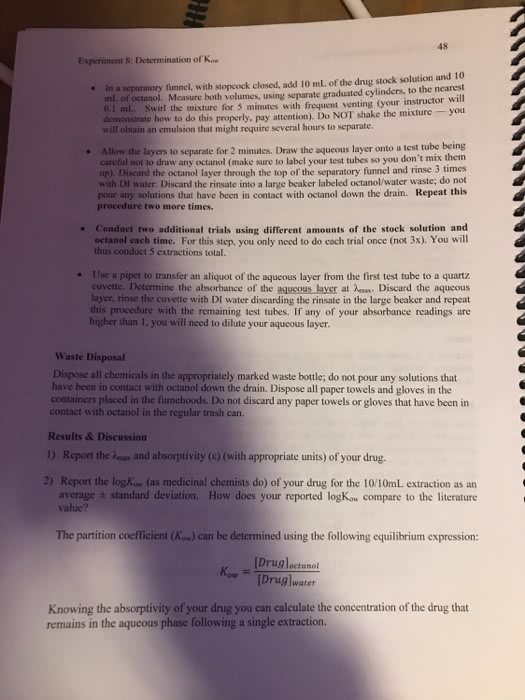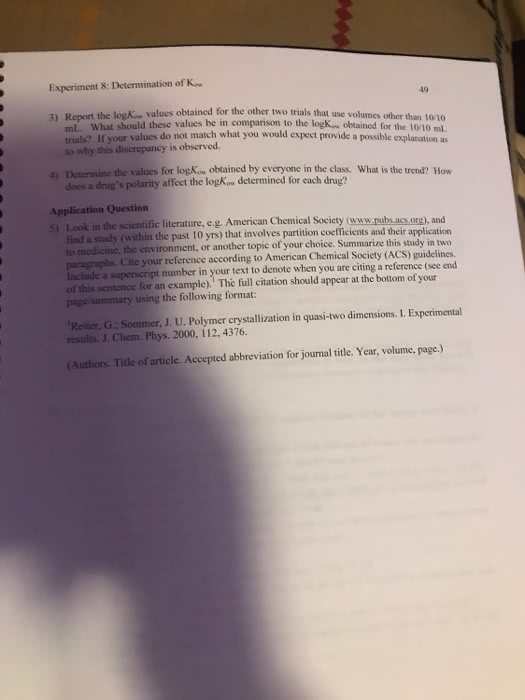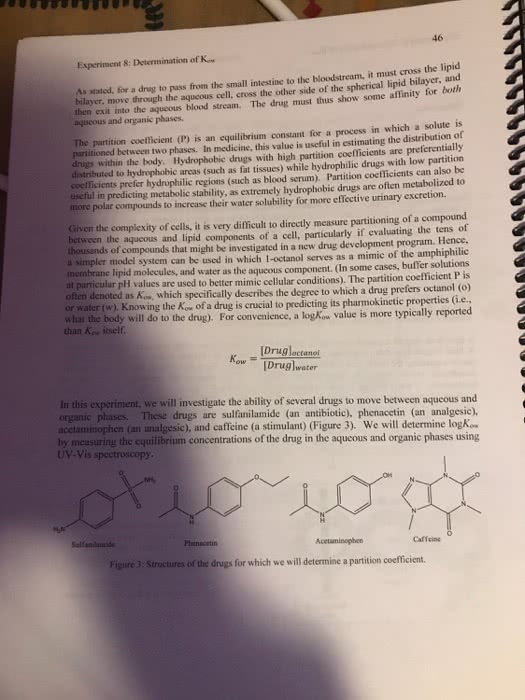Biochemistry 3381A Study Guide - Quiz Guide: Fluid Mosaic Model, Lipid Bilayer, Extracellular Fluid
Document Summary
Cell membrane: plasma membrane, single lipid bilayer, selectively permeable, barrier between intracellular fluid and extracellular fluid, fluid mosaic model, consist of many components including, amphipathic lipids (both hydrophilic and hydrophobic, carbohydrates. Integral and peripheral proteins: glycolipids, glycoproteins, peptidoglycans, glycosaminoglycans. Cell wall: found in plant cells and most bacterial cells, surround plasma membrane, further limiting movement in and out of the cell. In plants it is made of cellulose: digested by cellulase which is not present in animals. Cell surface appendages: villi/microvilli, found in the gut to increase surface area, cilia, help movement of extracellular fluid especially in the respiratory tract (smaller, flagella, help movement of cells in sperm. In non-dividing cells it is blueprint for protein synthesis. Centrioles: only found adjacent to nucleus, only in animal cells spindle fibres, drugs regularly target these to prevent replication e. g. in cancer, found in perpendicular pairs of microtubules. Structure: double membrane to increase surface area.

